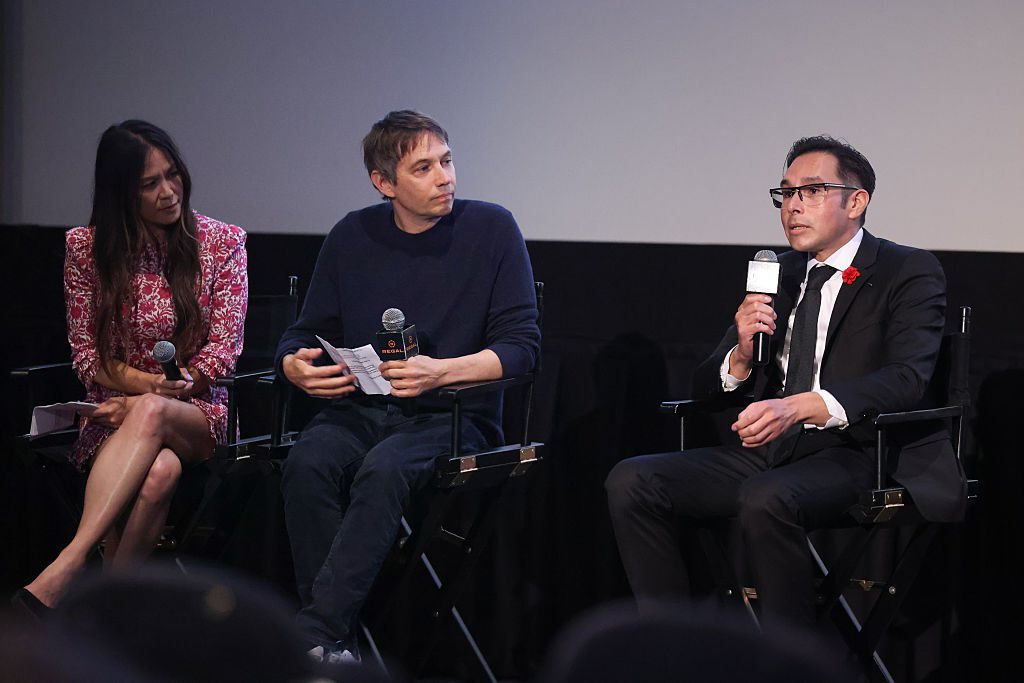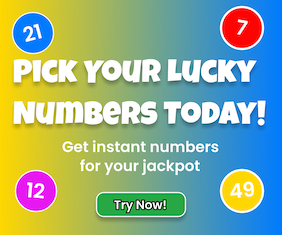Even in a world where self-made creators build empires before Hollywood comes begging, pay-for-play institutions have their place. Not everyone has the entrepreneurial spirit needed to build a YouTube channel; some crave infrastructure that lets them know they’re not alone.
Leaving aside outright frauds, pay-for-play exists on a spectrum of cost and legitimacy. High-legit, lower cost is submitting a feature to the Sundance Film Festival ($125) or a screenplay to the Nicholls Fellowship ($130). High-legit, high-cost is a degree from USC Film School ($40,000 and up).
And then there’s the casting director workshops, the screenplay contest upsells for “guaranteed reads,” the minor-minor film festivals. Judging their value becomes an exercise in YMMV, but here’s one metric: Does it provide support that keeps you going, at a price you can afford?
Enter Matt Boda and Sylvie Dang Boda. They’re co-founders of Get It Made, where members pay to access an online platform and development pipeline. Beyond its collection of former and current production executives who walk screenwriters through the three-act structure, story beats, and line-by-line workshopping, Get It Made also offers a network of financiers — people that Matt describes as “the dentists, the doctors, the people that made a zillion dollars in finance.”
Matt was an IATSE grip and electrician before he began producing brand content with aspirations to make movies and TV. He said Get It Made came out of his dismay with many screenplay contests: “There’s millions of people that are submitting to this thing, and I don’t see a single movie coming out of this.” That inspired the creation of a platform offering screenwriters both development support and access to funding.

Writers apply ($59) and upon acceptance (Get It Made doesn’t accept everyone, more on that later) they pay $99 per month. That buys access to a development process of meetings with story producers and packaging (led by Sylvie, a marketing exec who came out of Samsung, Disney, and Beats by Dre) with pitch decks, letters of intent, and market strategies.
Until then, the writer retains and can leave with all rights. They also can sign an option agreement that allows Get It Made to sell the script and take a finder’s fee — or, to finance and produce a proof-of-concept short or feature. If Get It Made brings capital, it takes a project stake of 10%-30%.
Get It Made won’t accept everyone’s money — namely, people who don’t show patience for the process. “We can tell that they just don’t have the time or the dedication to do what it takes to actually make something,” he said. “Or they tell us, ’Hey, I thought you were going to make my feature film for $59.’”
Matt said members span “the guy that’s packing boxes at Walmart in Ohio all the way to a radiologist who’s making lots of money. Our youngest guy right now is 19.”
However, the demographic that keeps showing up are midlife professionals circling back to a dream. “We do see a lot of older folks that are coming up against their mortality, and they’re like, it’s now or never,” he said.
Get It Made recently completed its first feature, “Plight.” The script came from member Ronald Sandoval, who owns Tesla Solar in Miami. Boda, who directed, described it as a dystopian “Stand By Me” with an all-autistic cast. It was shot in 11 days on a $170,000 budget; 60% came from Get It Made, the rest from Sandoval.
By any definition, that’s a scrappy movie. But, true to the name and with no shortage of favors from Boda’s IATSE days, they got it made. Oscar-winning filmmakers Sean Baker and Samantha Quan, whom Boda met when he was a key grip on Baker’s 2012 “Starlet,” even showed up at the “Plight” premiere to moderate the Q&A.
The company is now raising $500,000 for “She Who Walks Between,” a modern Native American drama written by Get It Made member David Rasch and directed by Native American filmmaker James Bird. It’s in a fundraising round; Get It Made currently has about 100 members and hopes to scale to accommodate up to 500. It’s also prepping a proof-of-concept initiative that provides production services to The Writer’s Lab, the nonprofit backed by Meryl Streep, Nicole Kidman, and Natalie Portman.
So where does Get It Made fall on the pay-to-play spectrum? It’s no surprise that the membership skews toward retirees; most young and struggling screenwriters don’t have $1,200 a year to spend. But for value, you could do worse than access a community of members and mentors who want to support your work. As for financing, the same advice always applies: Talk to a lawyer.
Pay-for-play is never a guarantee. Best-case scenario is it sparks progress, which leads to people who want to pay you. Second-best case: Using it as long as your ROI is real, and not a moment longer.
✉️ Have an idea, compliment, or complaint?
dana@indiewire.com; (323) 435-7690.

Weekly recommendations for your career mindset, curated by IndieWire Senior Editor Christian Zilko.
A clever essay about why you often shouldn’t listen to the advice of your heroes that every rising filmmaker should take to heart. The entertainment industry evolves so quickly that, even if you’re just as talented as the people who inspire you, the infrastructure that they climbed to the top has already been replaced by the time they’re in the position to give advice.
Cea explores the future of the indie film ecosystem — which will almost certainly be dominated by a community of filmmakers supporting each other, not gatekeepers with the power to make stars overnight — and the new methods that might emerge to ensure that smaller films can continue to find an audience.
Thomson’s Between Cuts Substack has been publishing an excellent series breaking down the softwares and tools that go into the creative process. If you’re dipping your toes into post-production for the first time, this rundown of industry standard programs will give you a strong foundation.
A thorough look into the current state of the definitive indie film brand of our time, and how its bigger bets may leave smaller filmmakers looking for a new home.
Writing for the Film Frontline Substack, Dariz explores the symbiotic relationship between large productions and indie film, explaining how even the smallest projects often need to be close to larger production hubs in order to secure access to equipment and other resources at competitive prices. The story is told through the lens of keeping independent film in Los Angeles, but could just as easily be interpreted as an argument to make more indie films in cities where TV production is on the rise.



